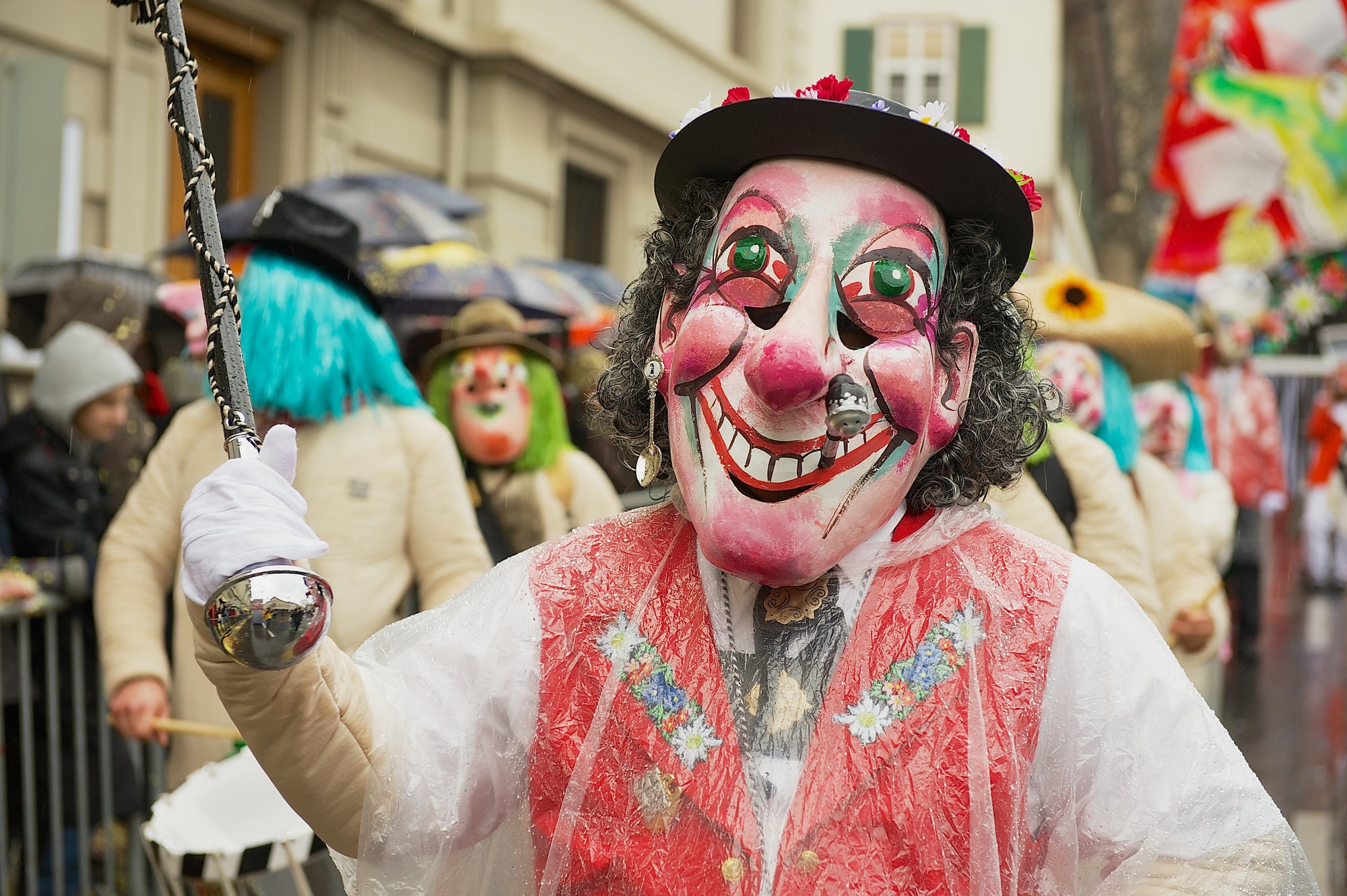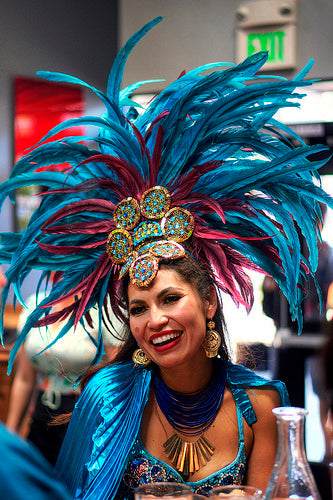News
The foolish days - where does the carnival tradition come from?
What is carnival?

Basically, it is extremely difficult to identify the one unequivocal origin of these festive days. Opinions are divided even on the word Fastnacht, but most historians today are of the opinion that it was borrowed from Old High German. It is a mixture of 'fasta' fasting and 'approaching' night and already indicates a component of the tradition: fasting. This was particularly shaped by the church in the 12th to 14th centuries with the aim of giving this culture a Christian character and negating pagan customs.eren.
However, these pagan and peasant traditions began in more mystical realms. With theDressing up and the loud drumming in the streets wanted to banish the evil spirits of darkness and winter from the place and rather to let the light back into the houses.
Even very mundane origins lead to today's carnival traditions. At a time when refrigerators and freezers were still a long way off, the pantry was looted in February to prevent the valuable food from spoiling. The formal feasts and feeding orgies that arose in some households were simply a means to an end.
the fact is…
 the carnival season and carnival are trends that drive people around the world to live out their traditions and celebrate together. Whether lightly clad on the beach at Ipanema in Rio, with millions of visitors at the Rhenish street parade or in Basel with its numerous and splendidly dressed guilds - Carnival is and remains a spectacle that brings young and old together.
the carnival season and carnival are trends that drive people around the world to live out their traditions and celebrate together. Whether lightly clad on the beach at Ipanema in Rio, with millions of visitors at the Rhenish street parade or in Basel with its numerous and splendidly dressed guilds - Carnival is and remains a spectacle that brings young and old together.
Beginning and end of the carnival season

In many places in Switzerland and southern Germany, theNovember 11th as a start the foolish fifth season crystallized. The background for the origin of this appointment is the original second fasting period which was held 40 days before Christmas. With the exception of small meetings, the time up to January 5th was relatively spared from the carnival and only with Epiphany, January 6th, was the hustle and bustle given free rein.
The end of Carnival is again closely linked to Christian calendar dates. Pope Gregory the Great ordered a 40-day fasting phase around the year 600. The start was scheduled for the 6th Sunday before Easter, the Invocavit. Later on, the Sundays before Easter were done outside of fasting. In order to guarantee a period of 40 days for fasting and sacrifice, the beginning of the fasting period was put back by 6 days, today's Ash Wednesday. Now around Ash Wednesday there are different views of when the foolish days begin. In some parts it is put on the Thursday before Carnival Monday, the so-called dirty Thursday. In Basel, howeverkick off The Drey Scheenschte Daag only on the Monday after Ash Wednesday. This choice of date is probably closely linked to the traditional pattern of the guilds, which in the Middle Ages only began after Ash Wednesday.n.
The thing about dressing up
 Two trends are shaping today's appearance of the many colorful disguises and costume parades. Even in pre-Christian times, people tried to drive away the dark days by putting on masks and ghost costumes and finally to leave the horrors of winter behind them. Later in the 15th and 16th centuries, the foolish time was used to make fun of the authorities on a small scale. The tradition of the prince couple and the foolish court was born during this time. To this day, the custom has persisted in the process of referring to grievances in society and politics and in general to vent a little.’.
Two trends are shaping today's appearance of the many colorful disguises and costume parades. Even in pre-Christian times, people tried to drive away the dark days by putting on masks and ghost costumes and finally to leave the horrors of winter behind them. Later in the 15th and 16th centuries, the foolish time was used to make fun of the authorities on a small scale. The tradition of the prince couple and the foolish court was born during this time. To this day, the custom has persisted in the process of referring to grievances in society and politics and in general to vent a little.’.
No matter what the motivation for thatWearing a costume In concrete terms, there are no more limits to creativity and ingenuity these days. Few people really stick to the strict rules of fasting and in times of modern lamps nobody has to sit in the dark for months. But we have broken with conventions in many areas of life and still preserved traditions. Carnival is exactly one of these developments and nobody wants to miss it:)










